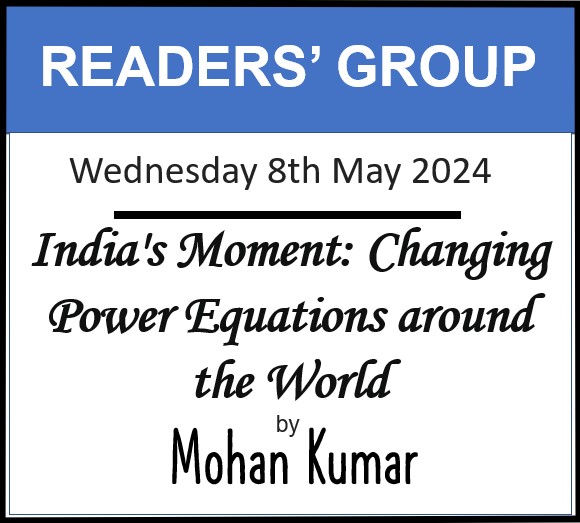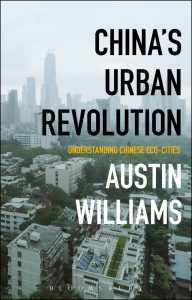Milano. Environment yes.
by Alex Cameron
Milan Design Week (17 – 23 April), regarded as the world’s most important design fair, has come and gone, but the eco-wailing persists.

One of the themes of this year’s Milan Design Week was ‘Design for Good’. A now familiar conceit amongst Designlanders, it is high on virtue signalling and moral grandstanding and elastic enough to mean whatever its adherents want it to. But the dominant theme – heavily touted by organisers, makers and critics – was ‘sustainability.’
Surely, we can still revel in the beauty of the forms, the technical innovation and craftsmanship that was surely evident in Milan without an environmental lecture? Sadly, much of the official commentary at and about the festival reads like a student activist leaflet. At one of the leading design events of the calendar, one would be forgiven for thinking that the Milan Design Week was a hellscape of misogyny, racism and environmental degradation.
It is still shocking to find out that so many design commentators and critics seem to want to talk about anything other than design. The wholly negative impact this is having on design criticism is increasingly apparent.
In a comment piece, Katie Treggiden wrote, “I’m only one of 5,000 journalists, but will what I see in Milan – and any good that I can do [as] a result – really offset my own contribution to the carbon footprint of this whole endeavour? I don’t have an easy answer.” Her headline should have been titled “me, me, me.”
Such incestuousness is typical of eco-fanatics who tell us to, “do as I say not as I do” while lording it over us.
Of course, they don’t really think they are being hypocritical, that would be too much for them to bear, instead they really see themselves as the righteous ones, in the vanguard of eco-activism and as radical outsiders who agitate from the inside. They are the modern day ‘entryists’ among the eco-elite – the Militant Tendency of Designland if you will. Forever insisting that everyone else live up to the eco-retraint that they preach about but seldom follow. And all to avert climate catastrophe.
A piece in Forbes by Roddy ‘I focus on the sustainable design processes across interiors and architecture with a passion to develop a circular design mindset’ Clarke, also puts virtue before criticism. He offered his “take-aways” from Milan that focussed on, unsurprisingly, “an exploration of sustainable materials” and “a strong focus on circularity and sustainable production.”
Another of his “progressive” highlights of the show, was an exhibition that showed him “the strong lineage of female design visionaries which have changed the course of the design industry.” But it seems Clarke didn’t get the memo, explaining that the point of the installation, according to curator, Genève, Lada Umstätter, was “… to fight the invisibility of women in Art and Design.” Stop mansplaining, Roddy.
But, for some in Designland, you can have it both ways…
Tom Ravenscroft in Dezeen reported that designers at Milan were outraged and offended by a small display of glass figurines, curated by architect Massimo Adario, that formed part of the larger Campo Base exhibition. The figurines were cast in the 1920s, but our contemporary gatekeepers of public morals said that such “’decorative motifs’ have a long and shameful history in our field. It was shocking to see this history so casually evoked in a contemporary design project.” The same critics said they hoped “that the figurines will prompt a discussion about racism in the design world and popular culture.” All this outrage culminating in demands that the offending figurines should not have been shown in the first place… and should never be shown in the future. And so we have a demand that ‘racist glassware’ should have no place in design exhibitions while at the same time saying they want to engender a discussion about racism in design culture.
But discovering racism was a sideshow to the main event, which is the systematic capture of Designland by sustainability. It is having a demonstrably pernicious impact, and not just in design discourse and criticism. The ideology of sustainability is having a material and structural impact on design practice through the codification of limits on building and making, as well as the censure of those who do not demonstrate their commitment to the doctrine.
In design institutions and professional practice, a sliding scale of what constitutes sustainable practice exists, from using less at one end to just stop building at the other. This permanent stasis keeps the fundamentalists in the business of “forever demands” to be more sustainable.
It is both the problem and the point of a politically motivated anti-growth intervention – a permanent revolution based on ever increasing restrictions on design. And if the critics approach to the craft of design is so narrowly defined by an external political ideology, innovative design practice, and with it design criticism, will inevitably play second fiddle.
This is less “circular thinking” than “a spiral of decline.” The independent designer is being neutered by a forever expanding and prohibitive ideological interventions.
It is an astonishing sleight of hand that design magazines and their senior contributors, who are captured and captivated by this completely mainstream ideology and yet they seem to be able to present themselves as radical outsiders, fighting the good fight. What they can’t face up to is that their world outlook is more Goliath than David. They are the new elites.
If we are to believe what we are reading in most design magazines, the thing that makes design fairs worth visiting – design/innovation/craft – seems to have been cut adrift. If this is the case, then maybe contemporary design fairs have had their day. In its seemingly reconstituted form, it appears to be yet another cultural arena that has been captured by the enforcers of restraint.
Alex Cameron is a design and cultural critic based in Madrid. More here.
.






